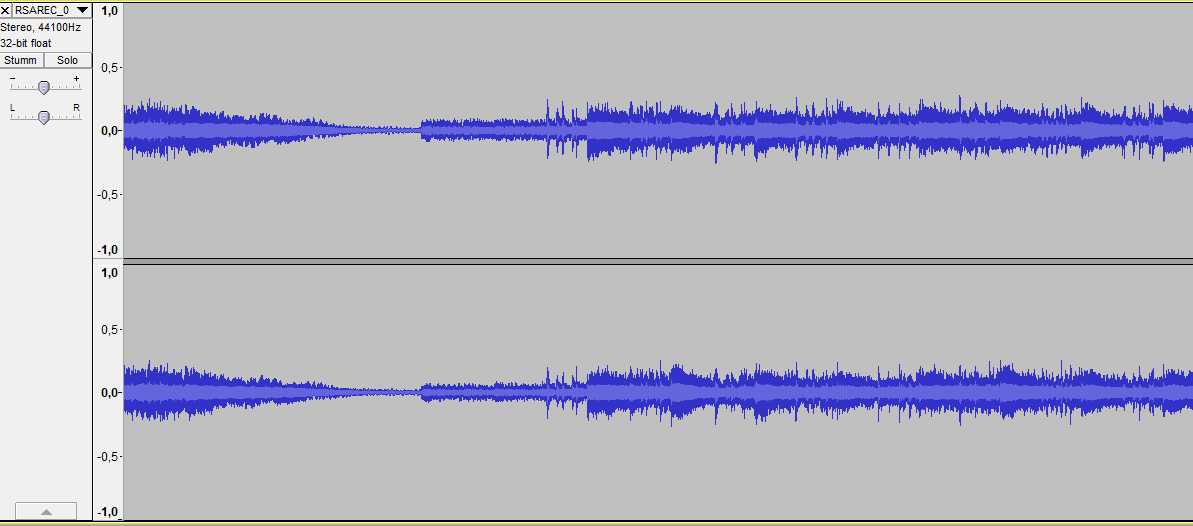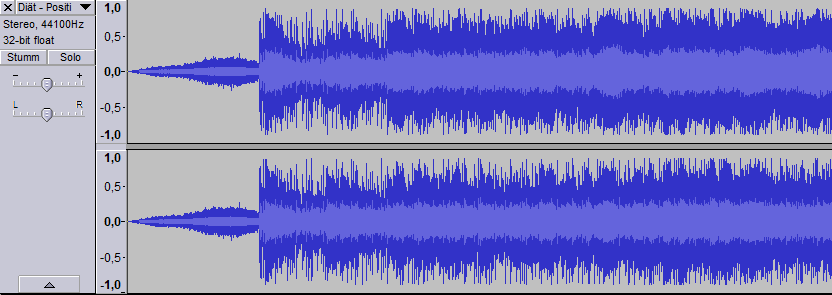- Joined
- Apr 1, 2019
- Messages
- 3
- Karma
- 0
- Gear owned
- DR-40
Hi
[ the soluition offered here did not work for me http://www.tascamforums.com/threads/tascam-dr-40-getting-sound-output-loud-enough.633/
feel free to direct me to existing threads, i prolly was too stupid to use the search properly]
I just got a DR-40 cos my M-Audio MicrotrackII passed away.
I am using it to record vinyl via the Direct input.
recording WAV 24bit, 44,1k, -6db
the output I get is way too faint as opposed to the recordings i did with the Microtrack
Sample in Audacity recorded with the DR-40

Sample in Audacity recorded with the Microtrack

where to change the settings?
thanx
[ the soluition offered here did not work for me http://www.tascamforums.com/threads/tascam-dr-40-getting-sound-output-loud-enough.633/
feel free to direct me to existing threads, i prolly was too stupid to use the search properly]
I just got a DR-40 cos my M-Audio MicrotrackII passed away.
I am using it to record vinyl via the Direct input.
recording WAV 24bit, 44,1k, -6db
the output I get is way too faint as opposed to the recordings i did with the Microtrack
Sample in Audacity recorded with the DR-40

Sample in Audacity recorded with the Microtrack

where to change the settings?
thanx

